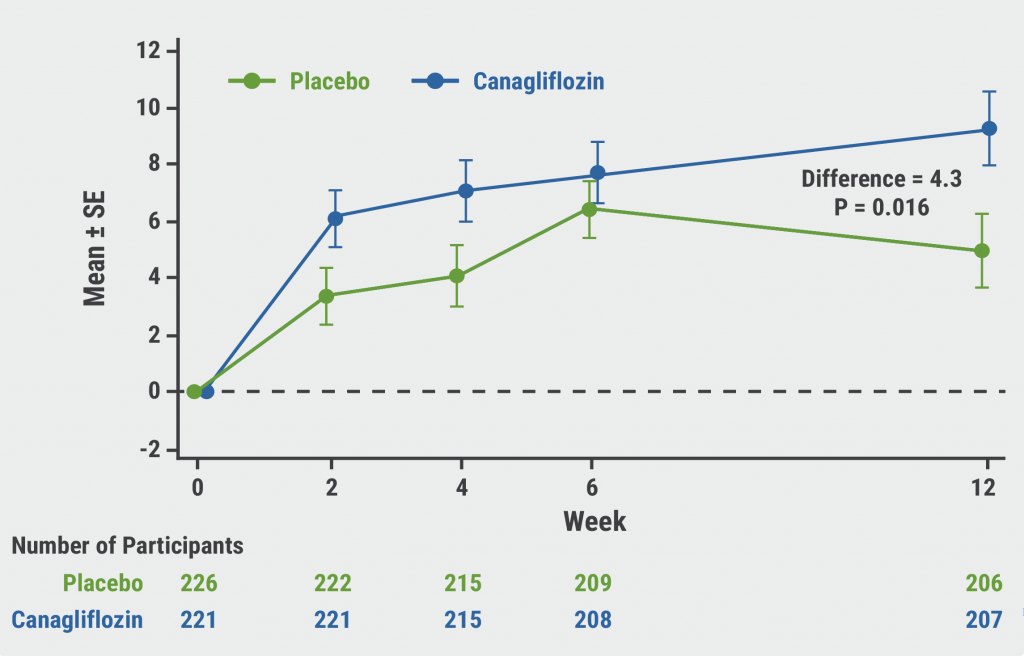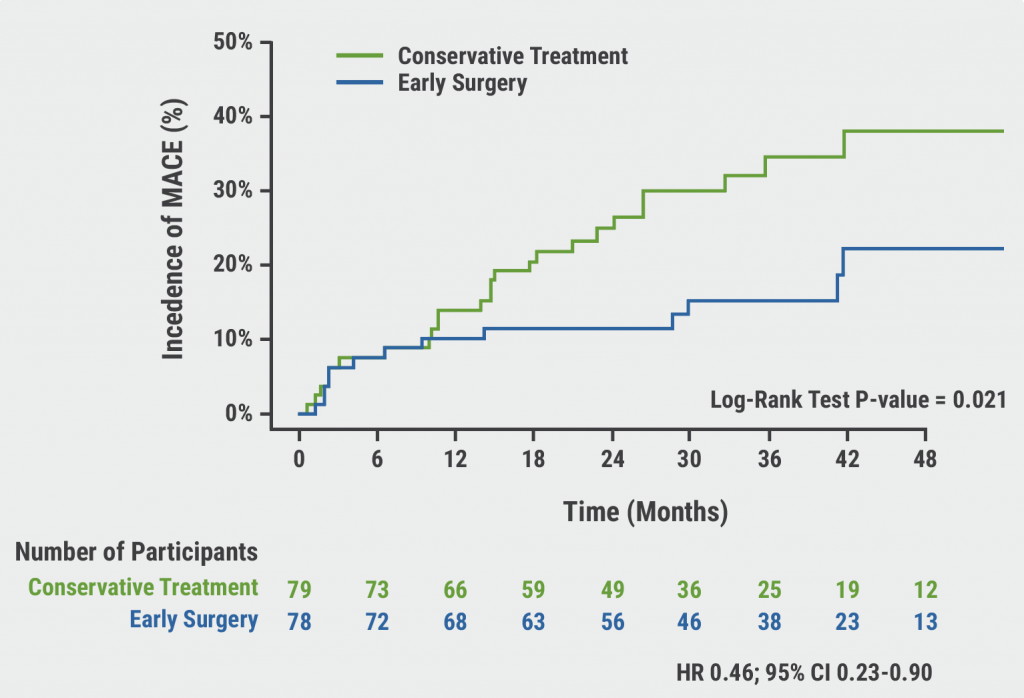Previous research has shown that Black adults demonstrate a higher prevalence of PAD than White adults and that low-income adults show a higher prevalence of PAD than high-income adults. In addition, Black or low-income adults show higher amputation rates [2]. In the current study, Dr Anna Krawisz (Beth Israel Deaconess Medical Center, MA, USA) and colleagues aimed to investigate the possible association of race and income on PVI occurrence and associated outcomes [1]. Between 2016 and 2018, data was collected from ‘fee for service’ Medicare beneficiaries ≥66 years of age. The risk of death and amputation was assessed within 1 year after PVI, stratified by income and race.
Black adults demonstrated higher PVI rates than White adults (risk ratio 1.75; P<0.01). In addition, a higher proportion of Black patients was treated for chronic limb-threatening ischaemia (CLTI) (62%) compared with White patients (50%), indicating more advanced disease in Black patients at the time of intervention. A similar pattern was observed in low-income versus high-income patients: low-income patients were more at risk of receiving PVI compared with high-income patients (risk ratio 2.02; P<0.01) and were more frequently treated for CLTI (62% vs 49%, respectively). These results were consistent across all regions of the US.
The occurrence of death or amputation after PVI was more prevalent in Black patients (17.6%) than in White patients (15.2%; risk ratio 1.16; P<0.01). Similarly, low-income patients had a higher risk of experiencing amputation or death after PVI (19.3%) than high-income patients (14.4%; risk ratio 1.34; P<0.01). The increased risk of death and amputation after PVI in Black adults and low-income adults disappeared when the analysis was adjusted for comorbidities. This indicates that comorbidities may mediate the relationship between race or income and the composite outcome of death and amputation.
Dr Krawisz argued that these data reveal disparities in care in patients with PAD. “Risk factor monitoring, early disease identification, and treatment optimisation in Black adults and low-income adults are needed to reduce these inequalities in care.”
- Krawisz AK, et al. Disparities in the Prevalence of and Outcomes associated with PVI by Race and Income. VA.RFO.19, AHA 2021 Scientific Sessions, 13–15 November.
- Allison MA, et al. Am J Prev Med. 2007;32(4):328-333.
Copyright ©2021 Medicom Medical Publishers
Posted on
Previous Article
« REDUCE-IT: Cardiovascular risk reduction with icosapent ethyl in PAD Next Article
LIBERTY 360 shows quality-of-life improvements after peripheral vascular intervention »
« REDUCE-IT: Cardiovascular risk reduction with icosapent ethyl in PAD Next Article
LIBERTY 360 shows quality-of-life improvements after peripheral vascular intervention »
Table of Contents: AHA 2021
Featured articles
The scope of remote healthcare in hypertension and hyperlipidaemia
Atrial Fibrillation
New developments in remote diagnostics and monitoring of AF
Head-to-head: Efficacy of dabigatran versus warfarin on cognitive impairment
Posterior left pericardiotomy safe and effective in reducing atrial fibrillation
LAA ligation did not reduce recurrent atrial arrhythmias in persistent AF
Equal benefits of early rhythm control in AF subtypes
CVD Risk Reduction
Remote healthcare programme improves hypertension and lipid control
Novel oral PCSK9 inhibitor shows promising results for hypercholesterolaemia
REVERSE-IT: Interim analysis shows promising effect of bentracimab on ticagrelor reversal
No significant effect of aspirin on reducing cognitive impairment
Milvexian phase 2 data supports safety and efficacy for VTE prevention after total knee replacement
Network meta-analysis observes no clear effect of eicosapentaenoic acid on CV outcomes
Heart Failure
Empagliflozin efficacious in HF patients with preserved ejection fractions ≥50%
EMPULSE: Empagliflozin improves outcomes of acute heart failure
CHIEF-HF: Canagliflozin improves health status in heart failure
DREAM-HF: MPC therapy for HFrEF did not meet primary endpoint
Therapeutic approaches in heart failure with diabetes
Acute Coronary Syndrome
Ticagrelor cessation: early CABG non-inferior to delayed surgery
Distinguishing patients before AMI based on plaque morphology
Vascular Diseases: PVD
Rivaroxaban regimen beneficial after revascularisation for claudication
LIBERTY 360 shows quality-of-life improvements after peripheral vascular intervention
Deficient treatment outcomes after PVI in Black and low-income adults with PAD
REDUCE-IT: Cardiovascular risk reduction with icosapent ethyl in PAD
Vascular Diseases: CAD
Long-term reduced risk of CV events with ticagrelor plus aspirin after CABG
Early surgery outperforms conservative management in asymptomatic severe aortic stenosis
External support device for SVG grafts in CABG surgery shows promise
COVID-19 & the Heart
Blood pressure control disrupted during the pandemic
Icosapent ethyl did not reduce the risk of hospitalisation in COVID-19
Neutral effect of P2Y12 inhibitors in non-critical COVID-19 hospitalisations
COVID-19 mRNA vaccination benefits outweigh the risk for myocarditis
Other
2021 Guideline for Chest Pain: Top 10 takeaways
Accurate ejection fraction assessment in paediatric patients via artificial intelligence
Concomitant tricuspid annuloplasty reduces treatment failure in moderate tricuspid regurgitation
Related Articles

January 14, 2022
CHIEF-HF: Canagliflozin improves health status in heart failure

January 14, 2022
Blood pressure control disrupted during the pandemic
© 2024 Medicom Medical Publishers. All rights reserved. Terms and Conditions | Privacy Policy

